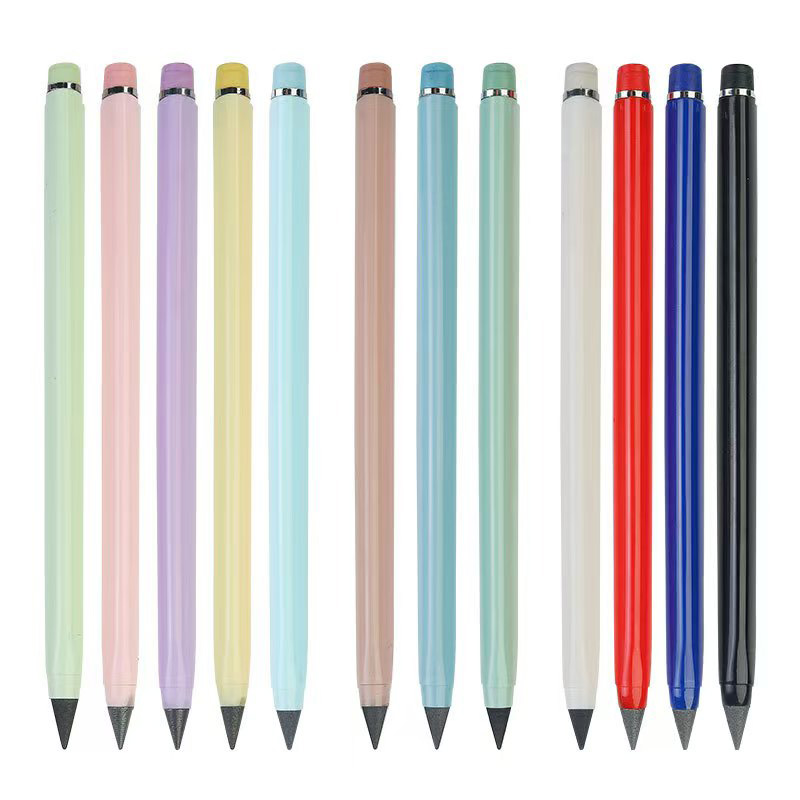Despite the proliferation of digital devices and electronic note-taking tools, the humble pencil continues to maintain a firm grip on the global writing instrument market. Praised for its simplicity, reliability, and erasability, the pencil remains a among students, architects, designers, writers, and professionals across industries. Recent trends indicate that the pencil is not just surviving in the digital age—it’s thriving, thanks to a renewed focus on sustainability, craftsmanship, and multifunctionality.
A Timeless Tool Reinvented for Modern Needs
The pencil’s appeal lies in its versatility and tactile control. Unlike pens, which commit ink to paper, pencils allow for easy editing and iteration—a feature prized in creative fields, technical design, and education. Whether sketching out architectural concepts, solving complex math problems, or outlining an essay, users appreciate the ability to revise, refine, and erase cleanly.
In the age of fast-paced information, this capacity for adjustment and nuance has kept the pencil relevant, especially in environments that value precision and flexibility over permanence. Mechanical and traditional wood-cased pencils alike offer users different experiences, catering to a wide variety of writing and drawing preferences.
Education Sector Remains the Pencil’s Stronghold
The education industry continues to be the largest consumer of pencils, particularly in primary and secondary schools. Standardized testing protocols in many regions still require pencil use due to the ease of machine-read scanning and the ability to correct errors without damaging answer sheets.

Teachers often favor pencils for their beginner-friendly qualities—light pressure, erasability, and clear visibility on paper. Pencil packs remain a back-to-school staple, with manufacturers offering themed sets and ergonomic grips tailored to young learners.
In higher education and professional training programs, pencils are widely used for note-taking, scientific illustrations, technical drawing, and problem-solving. Mechanical pencils, in particular, offer durability and precision in environments where detailed work is essential.
Eco-Friendly Manufacturing Drives Market Growth
One of the important shifts in the pencil industry has been the move toward sustainable production. With growing consumer awareness about environmental issues, manufacturers are emphasizing eco-friendly practices in raw materials, manufacturing, and packaging.
Many pencil makers now source FSC-certified wood, ensuring that the timber used comes from responsibly managed forests. Some have even begun using recycled wood or alternative materials like paper, bamboo, and bioplastics to reduce environmental impact.
In the case of mechanical pencils, refillable lead systems reduce waste and eliminate the need to repeatedly purchase disposable units. Companies are also introducing biodegradable or recyclable packaging, as schools and offices increasingly adopt green procurement policies.
Premium and Specialty Pencils Capture Niche Markets
In parallel with sustainability, craftsmanship and design have become key differentiators in the pencil market. Premium pencil brands are seeing increased demand from professionals, artists, and collectors who value graphite quality, smooth finishes, and durable construction.
Japanese and German pencil makers, in particular, have carved out strong positions in this segment, offering finely crafted pencils with unique finishes, hardness options, and ergonomic enhancements. Specialty pencils designed for specific applications—such as watercolor pencils, carpentry pencils, or archival-grade graphite—continue to see growth.
Limited edition pencil releases, often in collaboration with artists or designers, also appeal to stationery enthusiasts and gift buyers looking for elegant, functional items with collectible value.
Digital Hybrids and Smart Integration
As the line between analog and digital continues to blur, pencils are evolving to meet modern demands. Stylus-pencil hybrids are now available for tablets and touchscreens, mimicking the feel and function of a traditional pencil while enabling digital input.
These tools are especially popular among architects, graphic designers, and students who toggle between sketching by hand and editing on-screen. Some digital pencil models even feature pressure-sensitive tips and replaceable nibs to emulate graphite behavior on screen.
This intersection of analog comfort and digital convenience presents new opportunities for manufacturers to cater to tech-savvy professionals who value both flexibility and familiarity.